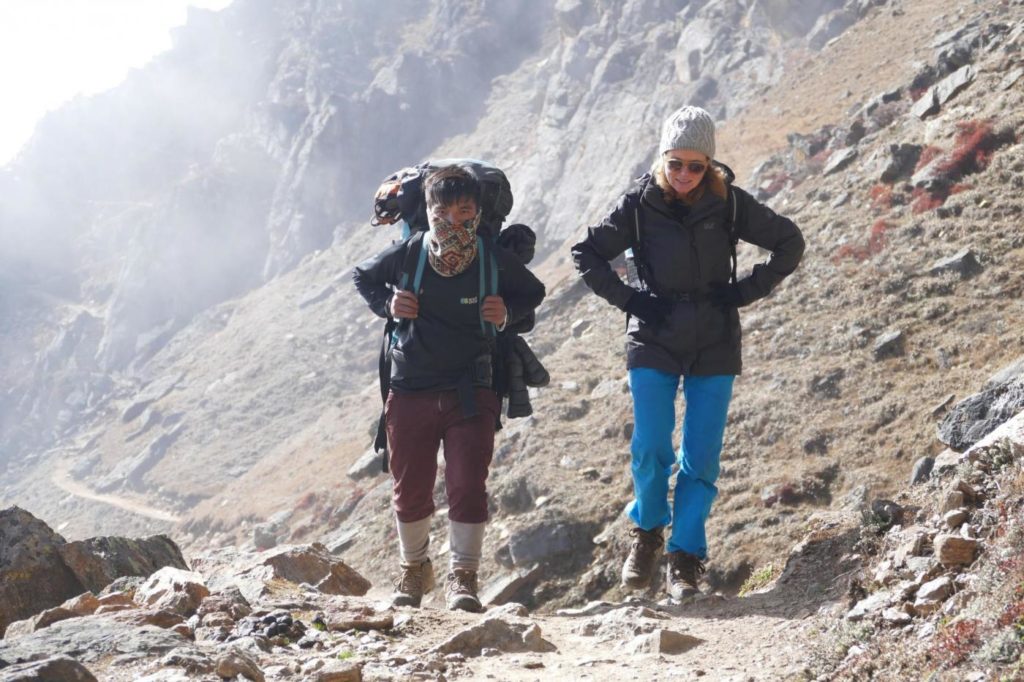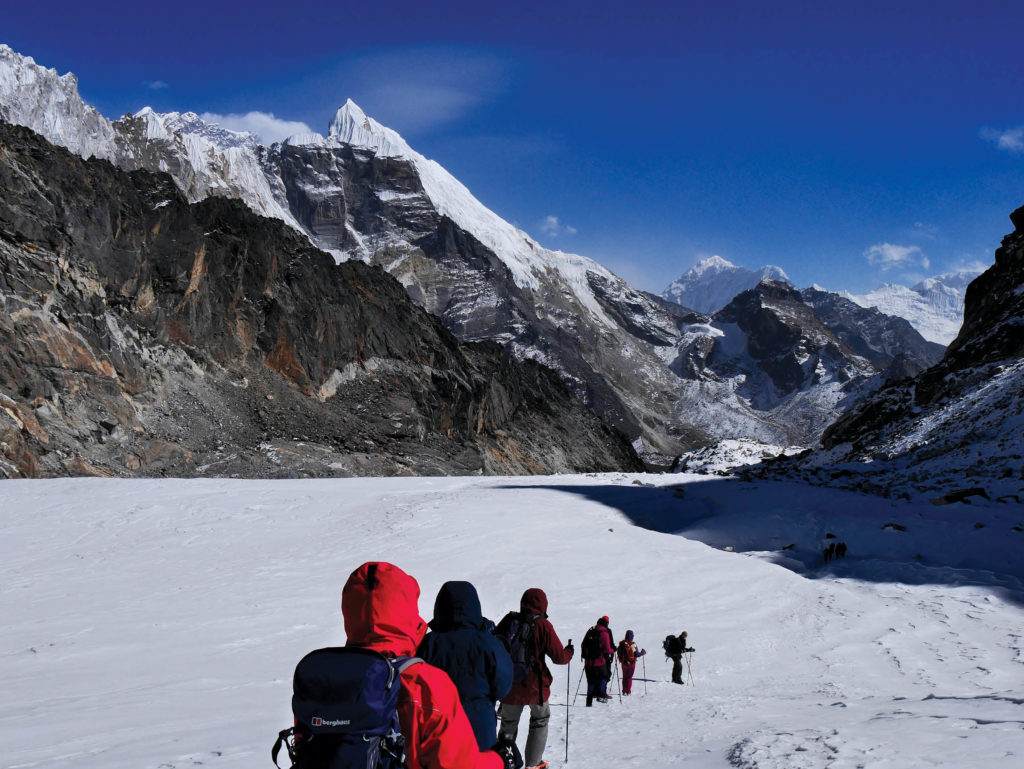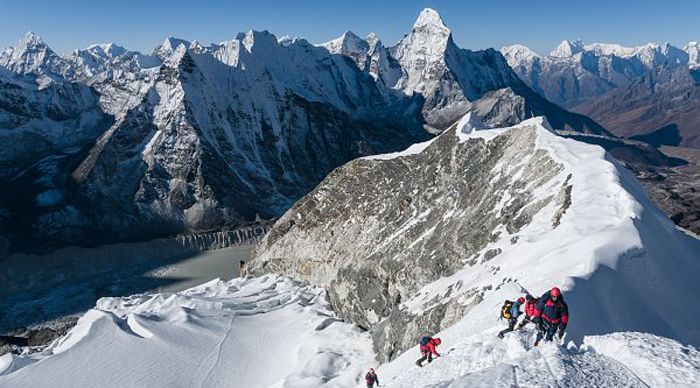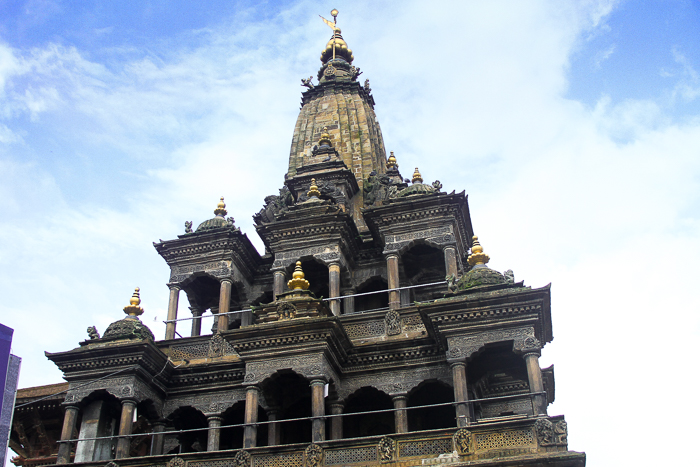What comes on your mind when you think of Mount Everest? For some of you, it might be the fact that the Mount Everest is the highest mountain. For others, it might be the story of first Everest climbers, Tenzin Norgay and Edmund Hillary or several dead bodies scattered all over the mountain for some.
But, how many of you, when think about the Mount Everest, picture the Sherpa people and their resilient or strong bond with the Himalayas?

The Sherpas are famous mountaineers of Tibetan origin who live in the high valleys in northeastern Nepal around the base of the Mount Everest. They are densely inhabited in Solukhumbu, Rasuwa, Dolakha, eastern Taplejung districts, Sindhupalchowk and in Kathmandu valley. However, the largest population of Sherpas is found in Solukhumbu district.
It is believed that over thousand years ago, the Sherpas migrated to Nepal from the Kham region of eastern Tibet. They were previously nomadic herders who were driven out of their homeland in eastern Tibet. They later crossed the Himalayas and settled peacefully in northeastern Nepal.

Sherpas have been able to set the world records such as the youngest climber, world’s first climber, without oxygen climber to the world’s highest peak; Mount Everest as they are born and raised in the high altitude of Himalayas. With such great achievements, they now work as mountain guides who are known for their stamina, work-ethic and expertise at the world’s elevated points throughout the world.
In Nepal, the local Sherpa community is the backbone of the climbing industry. They work as mountain guides, help set up ladders and ropes on the top of the cliffs and carry heavy loads of supplies such as ice axe, crampons, tent, oxygen canisters and many more for the travelers hoping to get to the top of the mountain.

What they do is remarkable, and the most dangerous job in the world at the same time as they spend most of their time exposed to dangers such as making 15 to 20 trips of the mountain for setting equipment and carrying gear for the travelers and being exposed to the deadliest storms that come on their way. Most of the Sherpas opt for this work to support their family because of poverty and lack of education.
As people are getting educated and taking into consideration the risk that it inherits, few Sherpa guides will be left to climb Mount Everest after few years. These jobs have brought development and money to Sherpa communities, but a little glory for the Sherpas. They are not provided with any kind of recognition for their successful summit and many Sherpas have died while on their way. Of the numerous deaths on Mount Everest, 40% are Sherpas with no life insurance or one with small figures leaving behind large number of widows and fatherless children.

With the increase in safety concerns, the Government of Nepal have guided the agencies to increase the life insurance policies they purchase for Sherpas. Alongside, helicopters are being used to perform high-altitude rescues – saving trips by Sherpas. Training is also being provided to Sherpa climbers to increase their strength and endurance required to climb up the Everest.
It is commendable for what Sherpas do, and they must be recognized for their immense hard work and dedication they put in to encourage and help travelers reach at the top of the summit.
Featured Image: https://bit.ly/2UIt8wx


